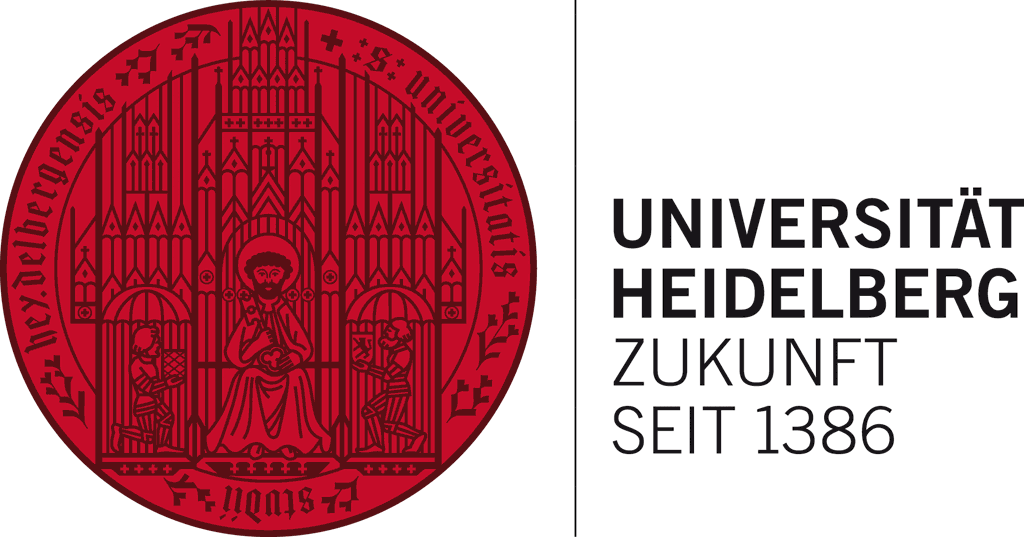TTU 04.709
"Tenure track professorship for preclinical HIV research"
Short Summary
HIV-1 persists in latent form in peripheral blood and other tissue reservoirs, from which it cannot be purged with current antiviral treatments. Characterization of chromatin features of integrated HIV-1 and metabolic signatures of CD4+T cells in productive vs latent infection are the main research goals of the infrastructural group. With a goal to define integration patterns in microglia, HIV-1 targets in the brain, we described for the first time chromatin organization patterns of integrated viral genome. We identified CTCF, a chromatin architectural protein as a cellular factor that impacts viral integration and contributes to the latent phenotype. The TTU collaborative efforts to further characterize different tissue reservoirs will now be directed towards Gut Associated Lympoid tissues GALT with a goal to compare it to the blood reservoirs and infer about the replicative competence of the provirus in these different reservoirs.
In our effort to identify metabolic biomarkers of HIV-1 persistence, we have previously proposed that targeting oxidative stress response and stress sensitive PML Nuclear bodies could be an efficient strategy to eliminate or reduce viral reservoirs. While a perspective clinical trial discussed with BFaRM and DZIF has not been further pursued due to unavailability of the oral arsenic trioxide (ATO) formula on the European market, we continue to explore the possibility of using realgar and orpiment arsenic containing minerals for reactivation of latent HIV-1. As such, both realgar and orpiment are capable of reactivating latent HIV-1 from peripheral blood from HIV-1 infected individuals, and we are now further characterizing their chemical properties and reactivation capacity while also assessing metabolite profiles of productively vs latently infected cellsral blood from HIV-1 infected individuals, and we are now further characterizing their chemical properties and reactivation capacity while also assessing metabolite profiles of productively vs latently infected cells.
Highlights
- A SARS-CoV2 related patent application: “Cobicistat as an inhibitor of Coronavirus replication” (Inventors: Lusic Marina, Savarino Andrea, Iart Luca Shytaj, Fares Mohamed, Tolba M Mahmoud, Ayoub Ahmed, Diaz Riccardo) claimed by Heidelberg University; US Provisional application US 63040758
- The FDA-approved drug cobicistat synergizes with remdesivir to inhibit SARS-CoV-2 replication in vitro and decreases viral titers and disease progression in Syrian hamsters. (Shytaj et al mBio 2022 Mar 1:13(2))
- Alterations of redox and iron metabolism accompany development of HIV latency. (Shytaj et al. EMBO J 2020 May 4, 39(9)) and Glycolysis downregulation is a hallmark of HIV-1 latency and sensitized infected cells to oxidative stress (Shytaj et al EMBO Mol Med. 2021 Aug 9;13(8):e13901). A related invention (not supported by Heidelberg University) “Methods for solubilization of arsenic sulfide minerals and their use as therapeutics” PCT application number: PCR/US20/52083. Inventors: Lusic Marina, Savarino Andrea, Iart Luca Shytaj, Lusic Bojana, Ndhlovu Lishomwa, Elhefnawi M
- Cone-shaped HIV-1 Capsids are transported through intact nuclear pores. (Zila et al Cell 2021 184, 1-15)
- Genomic Profiling of HIV-1 Integration in Microglia links Viral Insertions to TAD Organization. Rheinberger et al, under revision in Cell Reports doi.org/10.1101/2022.02.14.480322




